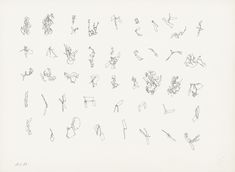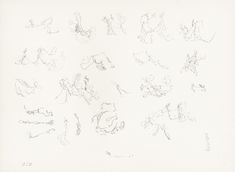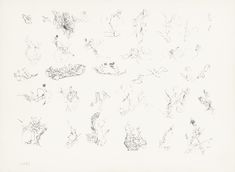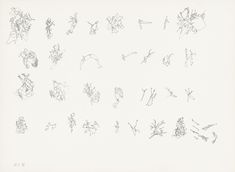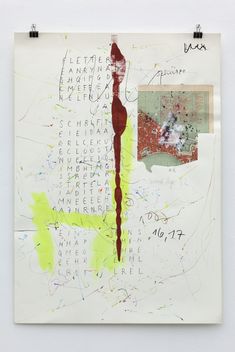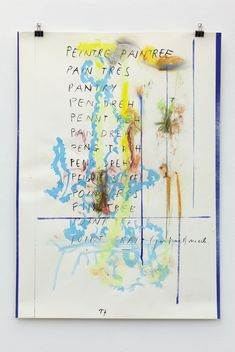Dominik Steiger
Dominik Steiger was born in Vienna, Austria, in 1940. After breaking off his studies in political science and Slavic studies, Steiger joined the French Foreign Legion from 1958 to 1959. Steiger then traveled extensively in France, Turkey, Iran, Pakistan, and India in the early 1960s. His acquaintance with the lyricist Hermann Schürrer and, from the 1960s on, his intensive exchange with the members of the Vienna Group - H. C. Artmann, Gerhard Rühm, Konrad Bayer and Oswald Wiener - furthered Steiger's own artistic and literary ambitions. He created works in this circle in which he playfully crossed the boundaries of the various arts, combining them in an unconventional way. The Swiss poet and artist Dieter Roth, with whom Steiger had been friends since the mid-1960s, had a stimulating effect on his work. Another of Steiger's great passions was music. At the end of the 1979s, the collaboration between Steiger and Roth resulted in a long-playing record. He self-published his first poems in 1961. His literary work was published by Suhrkamp in the 1960s and, after Steiger had almost completely withdrawn from the literary world for a long time, was published by the Droschl literary publishing house in the 1990s. In 2004, Steiger received the Würdigungspreis für Literatur of the Republic of Austria. He died in Vienna in 2014.
In accordance with his beginnings as a poet, language is central to Steiger's visual oeuvre, which began to emerge in the early 1970s and includes drawings, paintings, material pictures, prints, small sculptures, audio cassettes, and videos. The Generali Foundation collection includes early drawings titled "Knöchelchen." In these, he uses delicate pencil strokes to place shapes on paper that are reminiscent of tiny bones. Because they are so small and because of the way they are arranged - once in tabular form like an alphabet in a type case, once connected into a delicate flow of lines as if in cursive script - they are reminiscent of characters and suggest meaning, yet they elude conventional legibility and thus any kind of unambiguity. His works from the series of so-called "Letterfälle", also represented in the collection, are characterized by their playful handling of language and writing and work, for example, with sound similarities between words of different languages or are based on achrostics. These are typefaces in the form of groin verses or groin poems in which the initial letters of the lines vertically form words of their own, thus enabling a second reading direction. His characters, hermetic in relation to fixed meanings, indicate that conventional language cannot express much that is suppressed in the order of signs by the rule of rational discourse. In his writing, which has no direct referential function, the material side of signs alone remains - that side, in other words, which has been increasingly suppressed in the dualisms of Western culture (such as body/mind, nature/culture, animal/human), and which needed to be mastered. Steiger's works appear as an attempt to open up the dominant language to this oppressed. Although Steiger worked on equal terms with artists such as Oswald Wiener, Gerhard Rühm, Dieter Roth, Günter Brus, and Hermann Nitsch, he always presented himself as a "'crafting amateur,'" creating objects from carpentry scraps and painting watercolors on kitchen paper, for example. Accordingly, he preferred to work with the means of collage and assemblage. His skeptical and often humorous attitude toward the art business, in addition to his position as a poet who turned away from "breadless" poetry and toward the more lucrative visual arts, and the position of his work between word art and visual art, connects him with the Belgian conceptual artist Marcel Broodthaers, who is also represented in the collection.
read more read less